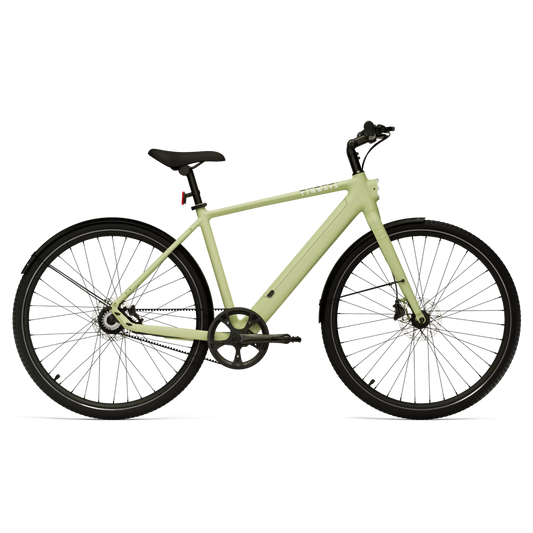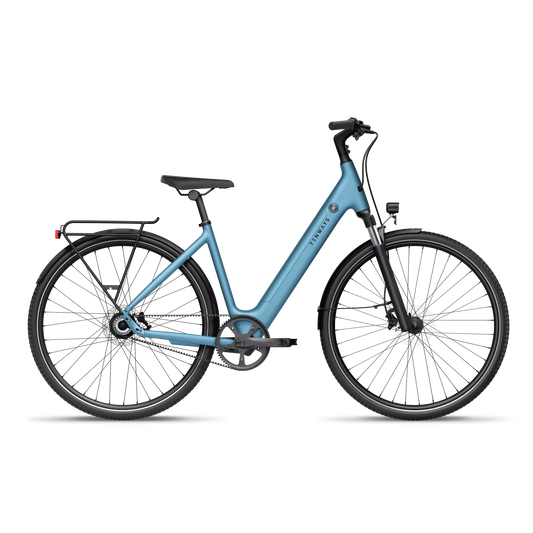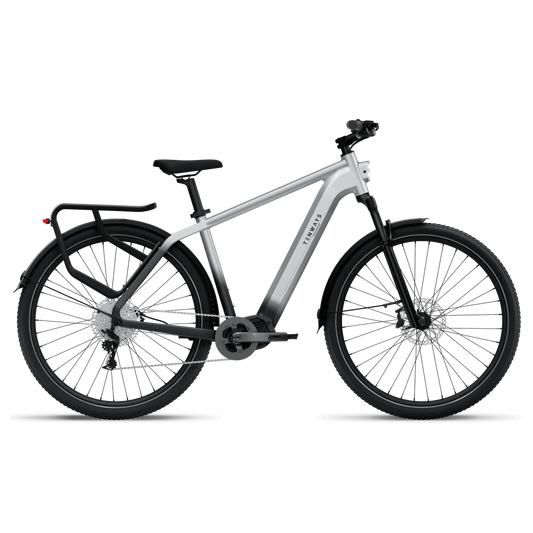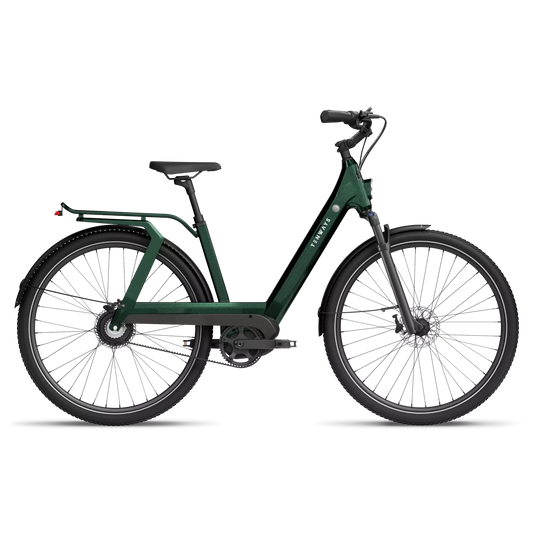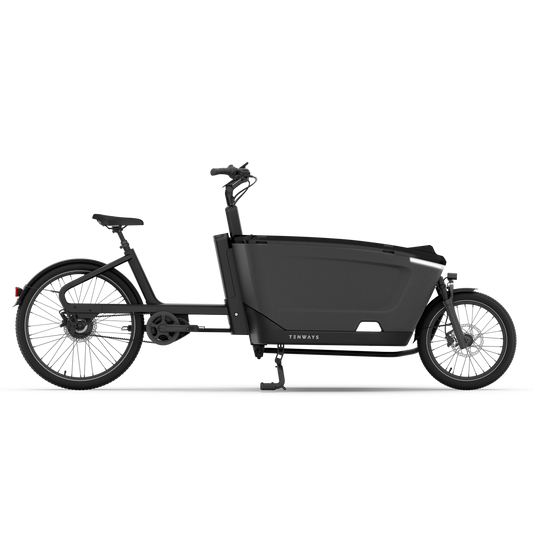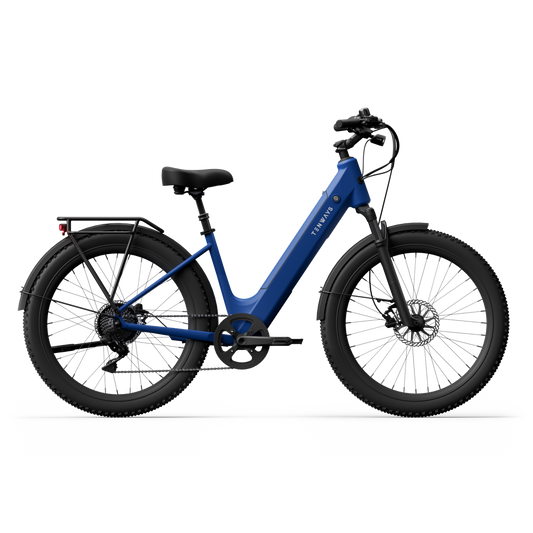In car-dominated cities, many environmentally conscious people are looking for greener ways to travel. Among all the options, e-bikes have gained favor from many. Thanks to its use of electric power, an e-bike does not directly emit any waste fumes and offers lots of potential for reducing human impact on the environment. In today's blog, we’ll give you practical advice on making the most of your e-bike to help reduce your carbon footprint.
Travel by e-bike whenever possible
Riding an e-bike is among the most energy-efficient ways to travel. Studies have found that an e-bike generally consumes only 5-15 Wh of energy per kilometer traveled. This wins by a landslide when compared to average petrol cars (400Wh), electric cars (200Wh), and even trains (40Wh). If we consider the carbon emissions of the food industry and the low energy efficiency of our own bodies, e-bikes can even beat traditional bicycles on this! To reduce our carbon footprint, we can replace cars, buses, or trains with e-bikes whenever possible and feasible. Additionally, as e-bikes exert significantly lower pressure on the road surface, more e-bikes on the road will also mean less need for maintenance. This will in turn help to reduce the air and noise pollution that can plague cities nowadays.

Become an e-bike advocate
Though adding an electric motor to a bicycle is not a new idea, many people, including our families and friends, could still be unaware of e-bikes, or of their advantages. As more e-bike riders are needed to make a difference, we can always invite others to join us in the movement to pedal for a greener future. More often than not, the best approach is to "show, not tell". Share your amazing e-bike rides on social media or invite your families and friends on an e-bike road trip. Think out of the box and you will find your own special way to show how awesome e-bikes are.
Conserve and recycle your battery
Most e-bikes nowadays use lithium-ion batteries, which are generally considered an environmentally friendly option. But still, we need to consider the effects that lithium extraction and improper battery disposal can have on both land and water. So, what can we do? The first thing to do is to extend the useful life of our e-bike batteries by following these tips. Longer battery life means fewer used batteries going to landfills. Also, certified recyclers are available when you need to dispose of your e-bike's battery at the end of its useful life, and local services can usually be found with a simple internet search.

Off-peak charging
Every detail counts when it comes to reducing carbon footprints, including when you charge your e-bike. During peak hours, higher demand for electricity will risk triggering additional power plants to come online. If the power plant uses coal or natural gas, more greenhouse gas will be released into the air. Off-peak hours are usually from 11 p.m. to 7 a.m. on weekdays, and the whole day during weekends. Charging your e-bike during these hours will be the cherry on top of your effort to conserve the environment.

Think green, ride green
All in all, e-bikes are one of the most viable transportation tools that empower us to reduce carbon footprints. If you do not own an e-bike yet, it's time to give it a try. If you already have one, it's time to make the most out of it. When we think green and ride green, one small step for us becomes a giant leap for our environment's health.
TENWAYS is keen to share your attitude and lifestyle, and accompany you on your way to work, friends and families on your e-bikes. Please check out TENWAYS on our YouTube, Instagram and Facebook. We are looking forward to exploring a fun journey with you!
